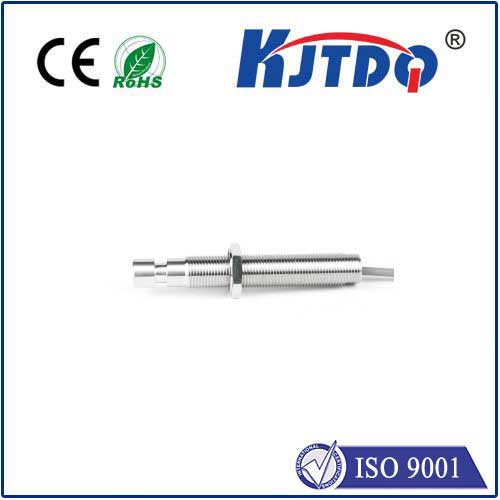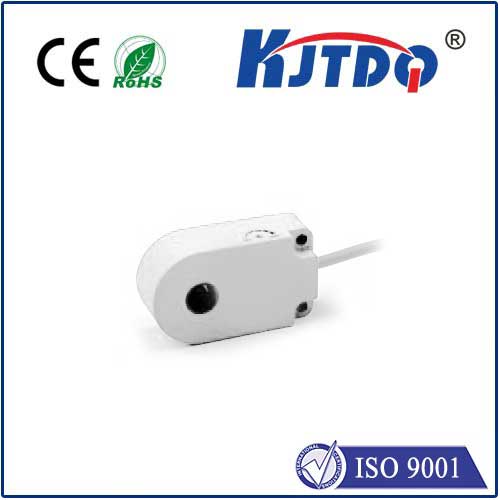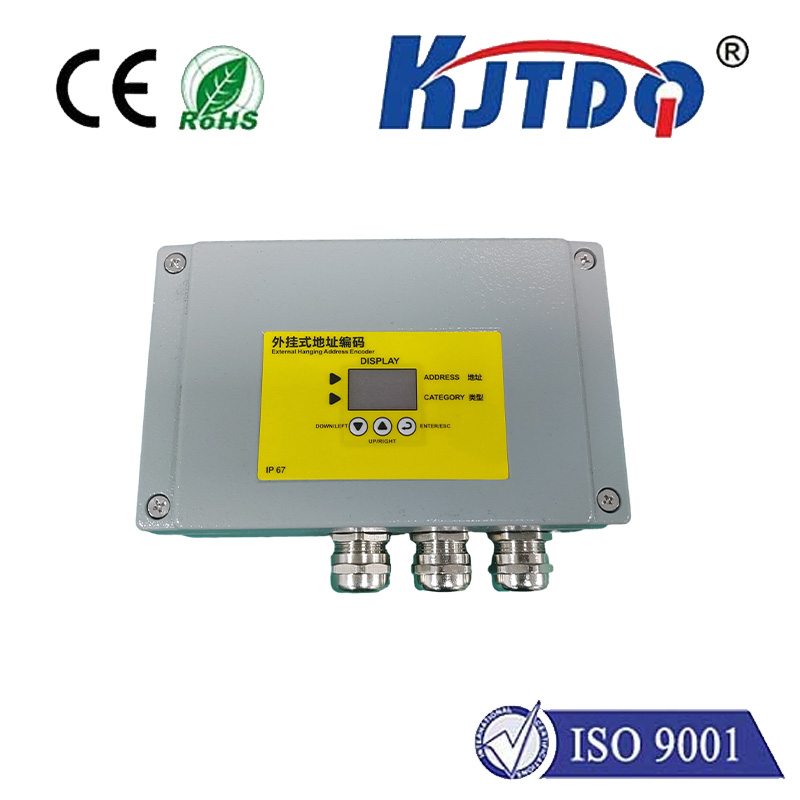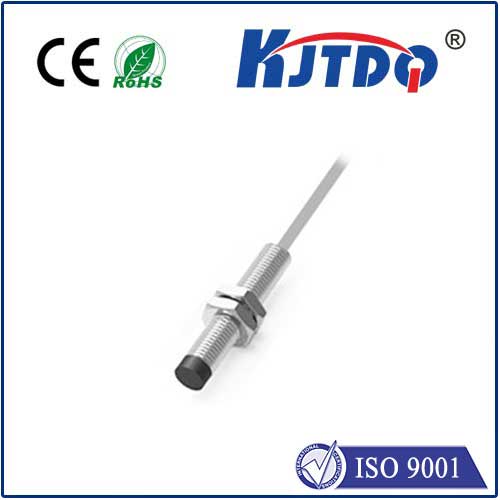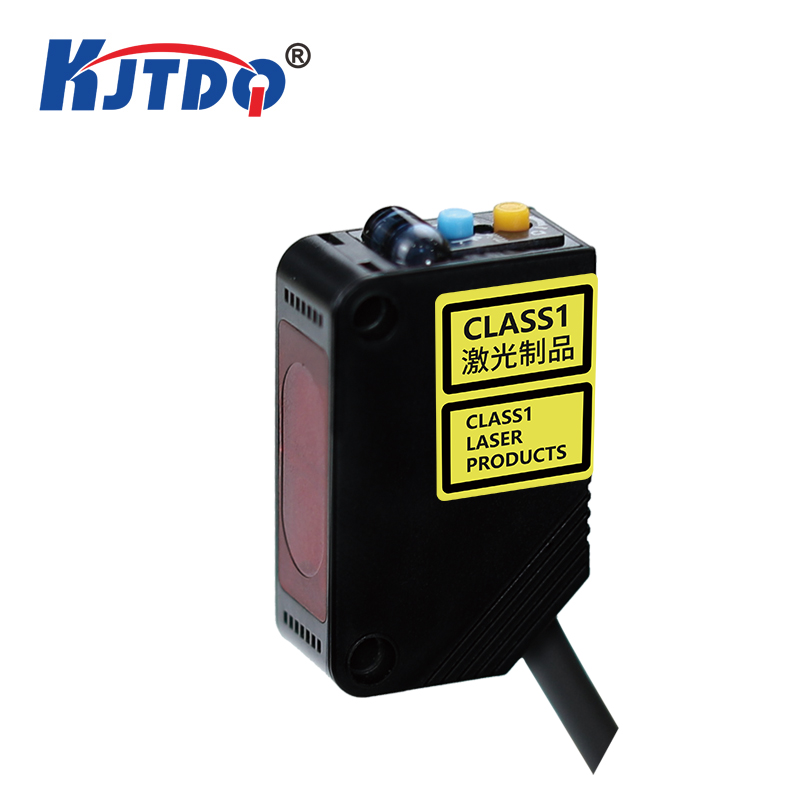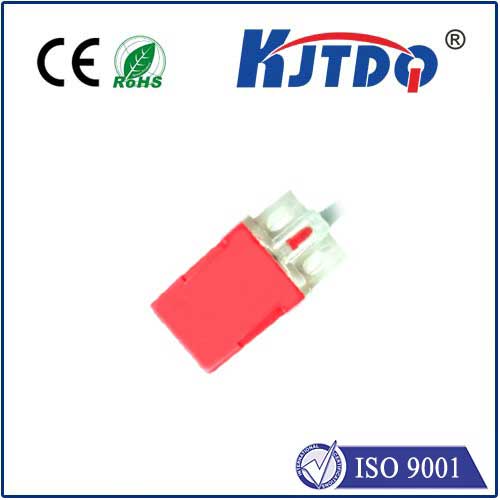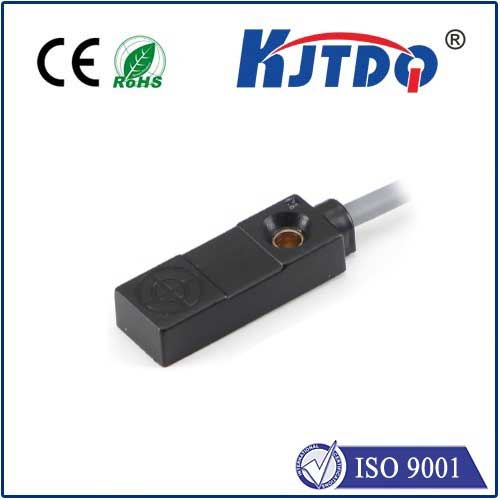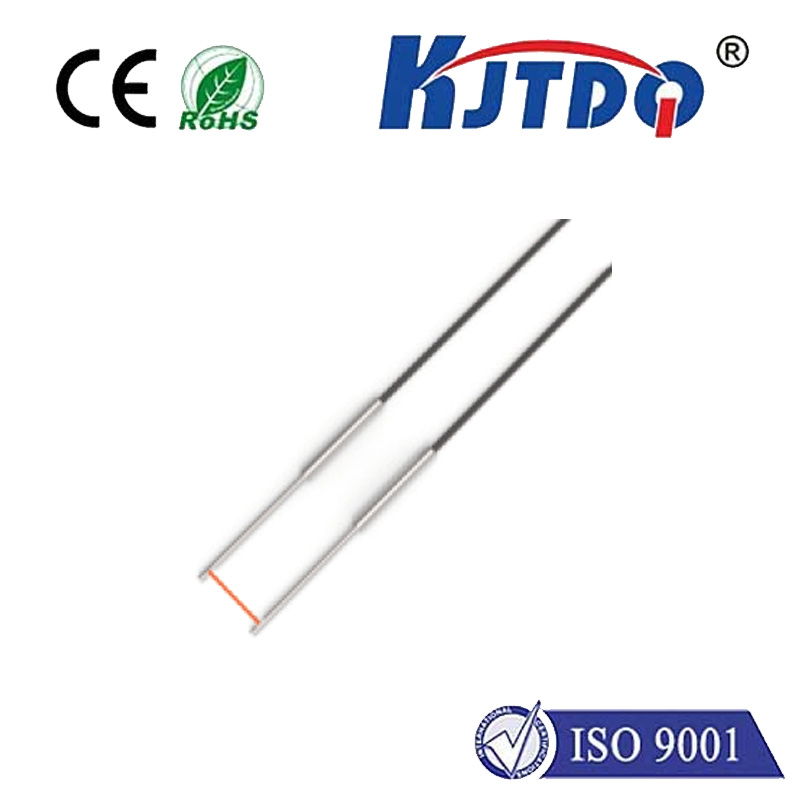

check

check

check

check

check

check

check

check

check

check
A proximity sensor is a device that senses and responds by sensing the distance, proximity and position of objects. Such sensors can be used in applications such as marking, detecting materials, security and non-destructive testing. Compared with traditional contact detection methods, proximity sensors have many advantages, and this article will introduce their advantages in detail.
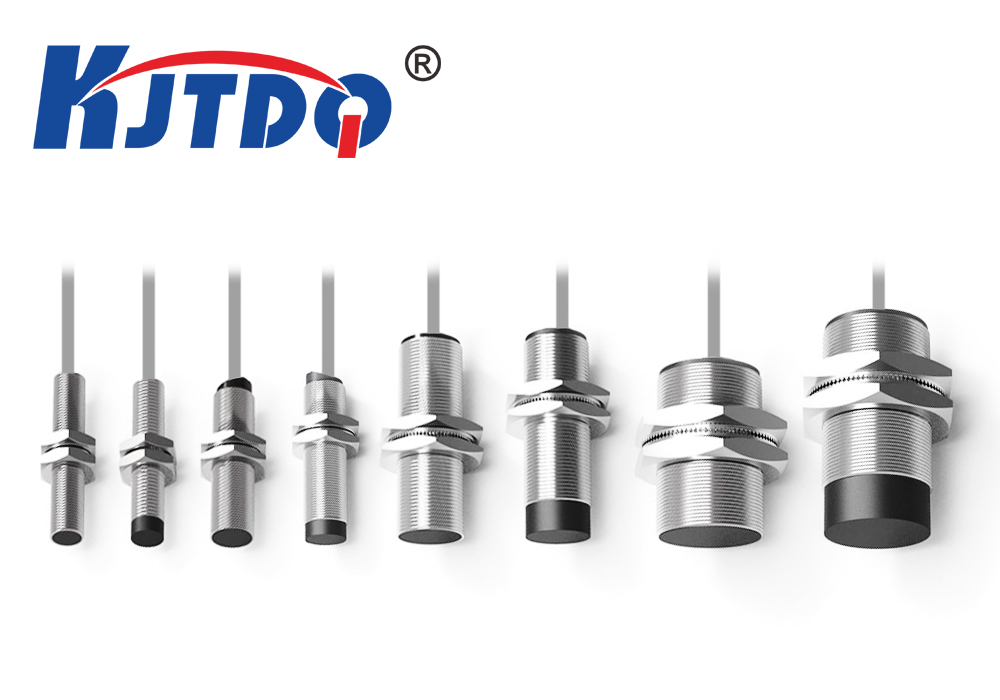
First, since detection can be performed in a non-contact manner, there is no wear and damage to the detection object. This is ideal for situations where long-term, uninterrupted detection of objects is required. Since contact outputs cause mechanical wear, this burden is relieved, thereby extending service life (except for magnetic types); while using semiconductor outputs does not affect contact life.
Secondly, unlike optical detection methods, the sensor can be used in different environments such as water and oil, and will not be affected by the presence of stains, oil, moisture and other substances on the surface of the detected object. In addition, there are some Teflon shell-type products with good chemical stability. In addition, due to the high-speed response, the corresponding working speed can be selected, making it suitable for more diversified occasions. At the same time, compared with contact switches, higher-speed response can be achieved to adapt to faster production line use.
In addition, unlike other sensors, the detection of the proximity sensor will not be affected by factors such as the color of the surface of the detected object. It can detect changes in the physical properties of objects and is therefore almost unaffected by surface color, etc.
Finally, proximity sensors also have certain limitations. Since it is greatly affected by the environment and interacts with similar sensors such as inductive and capacitive sensors, as well as the influence of surrounding objects, the sensor settings should consider the mutual influence. Among them, the inductive type needs to consider the influence of surrounding metal, while the capacitive type needs to consider the influence of surrounding objects. In addition, for inductive and capacitive types, the mutual influence also requires special attention.
When selecting a proximity sensor, parameters such as sensor type, size, detection distance, and sensitivity need to be considered based on the specific application. In addition, when installing and using sensors, you also need to follow some basic principles, such as keeping a certain distance between the sensor and the detection object during installation to avoid mutual interference. In addition, since the proximity sensor is a high-precision detection device, it needs to be reasonably protected during use to avoid damage and affecting the detection effect.
To sum up, in many application fields, proximity sensors play a very important role. They can help achieve automation and robotics, improve production efficiency, and reduce manual intervention and error rates. By understanding the advantages and limitations of proximity sensors, such sensors can be better selected and applied to achieve better results.
